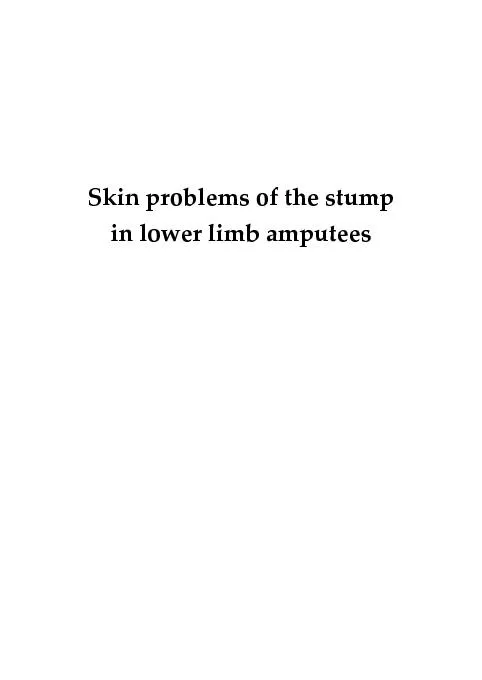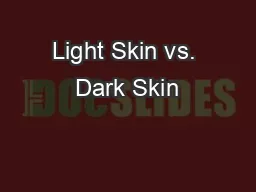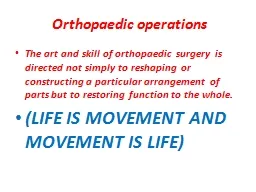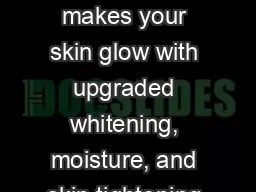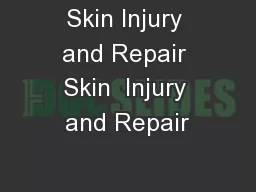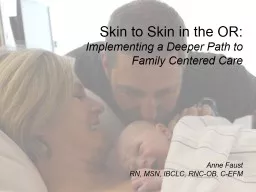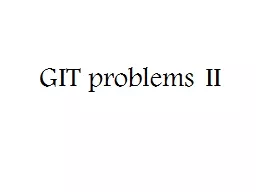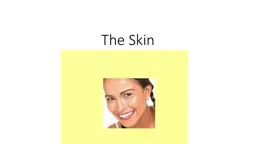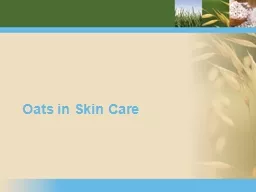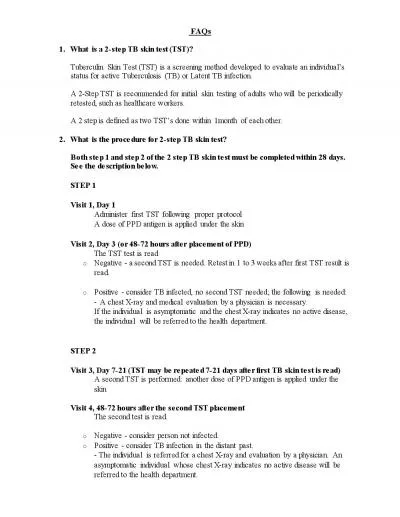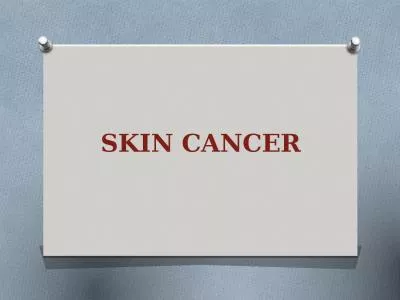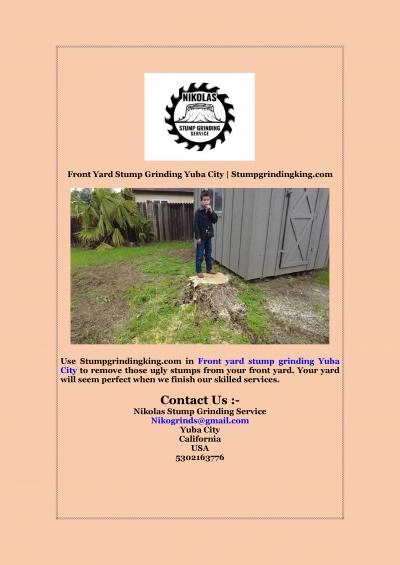PDF-Skin problems of the stump
Author : ellena-manuel | Published Date : 2016-02-29
in lower limb amputees The publication of this thesis was generously supported by Allergan Centrum voor Revalidatie Universitair Medisch Centrum Groningen Medi Nederland Skin
Presentation Embed Code
Download Presentation
Download Presentation The PPT/PDF document "Skin problems of the stump" is the property of its rightful owner. Permission is granted to download and print the materials on this website for personal, non-commercial use only, and to display it on your personal computer provided you do not modify the materials and that you retain all copyright notices contained in the materials. By downloading content from our website, you accept the terms of this agreement.
Skin problems of the stump: Transcript
Download Rules Of Document
"Skin problems of the stump"The content belongs to its owner. You may download and print it for personal use, without modification, and keep all copyright notices. By downloading, you agree to these terms.
Related Documents

